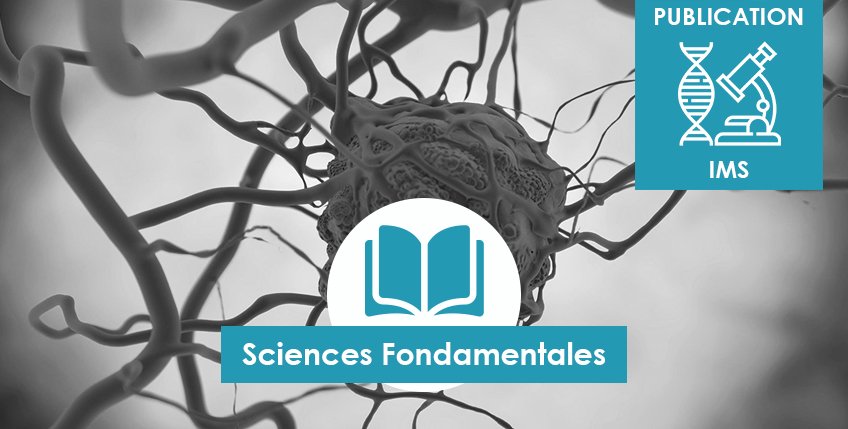Radiomics complements clinical, radiological, and technical features to assess local control of colorectal cancer lung metastases treated with radiofrequency ablation
European radiology, Nov 2021
Romane Markich, Jean Palussière, Vittorio Catena, Maxime Cazayus, Marianne Fonck, Dominique Bechade, Xavier Buy, Amandine Crombé
https://pubmed.ncbi.nlm.nih.gov/33954806/
doi: 10.1007/s00330-021-07998-4
Abstract
Objectives: Radiofrequency ablation (RFA) of lung metastases of colorectal origin can improve patient survival and quality of life. Our aim was to identify pre- and per-RFA features predicting local control of lung metastases following RFA.
Methods: This case-control single-center retrospective study included 119 lung metastases treated with RFA in 48 patients (median age: 60 years). Clinical, technical, and radiological data before and on early CT scan (at 48 h) were retrieved. After CT scan preprocessing, 64 radiomics features were extracted from pre-RFA and early control CT scans. Log-rank tests were used to detect categorical variables correlating with post-RFA local tumor progression-free survival (LTPFS). Radiomics prognostic scores (RPS) were developed on reproducible radiomics features using Monte-Carlo cross-validated LASSO Cox regressions.
Results: Twenty-six of 119 (21.8%) nodules demonstrated local progression (median delay: 11.2 months). In univariate analysis, four non-radiomics variables correlated with post-RFA-LTPFS: nodule size (> 15 mm, p < 0.001), chosen electrode (with difference between covered array and nodule diameter < 20 mm or non-expandable electrode, p = 0.03), per-RFA intra-alveolar hemorrhage (IAH, p = 0.002), and nodule location into the ablation zone (not seen or in contact with borders, p = 0.005). The highest prognostic performance was reached with the multivariate model including a RPS built on 4 radiomics features from pre-RFA and early revaluation CT scans (cross-validated concordance index= 0.74) in which this RPS remained an independent predictor (cross-validated HR = 3.49, 95% confidence interval = [1.76 – 6.96]).
Conclusions: Technical, radiological, and radiomics features of the lung metastases before RFA and of the ablation zone at 48 h can help discriminate nodules at risk of local progression that could benefit from complementary local procedure.
Key points: • The highest prognostic performance to predict post-RFA LTPFS was reached with a parsimonious model including a radiomics score built with 4 radiomics features. • Nodule size, difference between electrode diameter, use of non-expandable electrode, per-RFA hemorrhage, and a tumor not seen or in contact with the ablation zone borders at 48-h CT were correlated with post-RFA LTPFS.
Keywords: Colorectal neoplasms; Lung neoplasms; Machine learning; Radiology, interventional; Tomography, X-ray computed.




